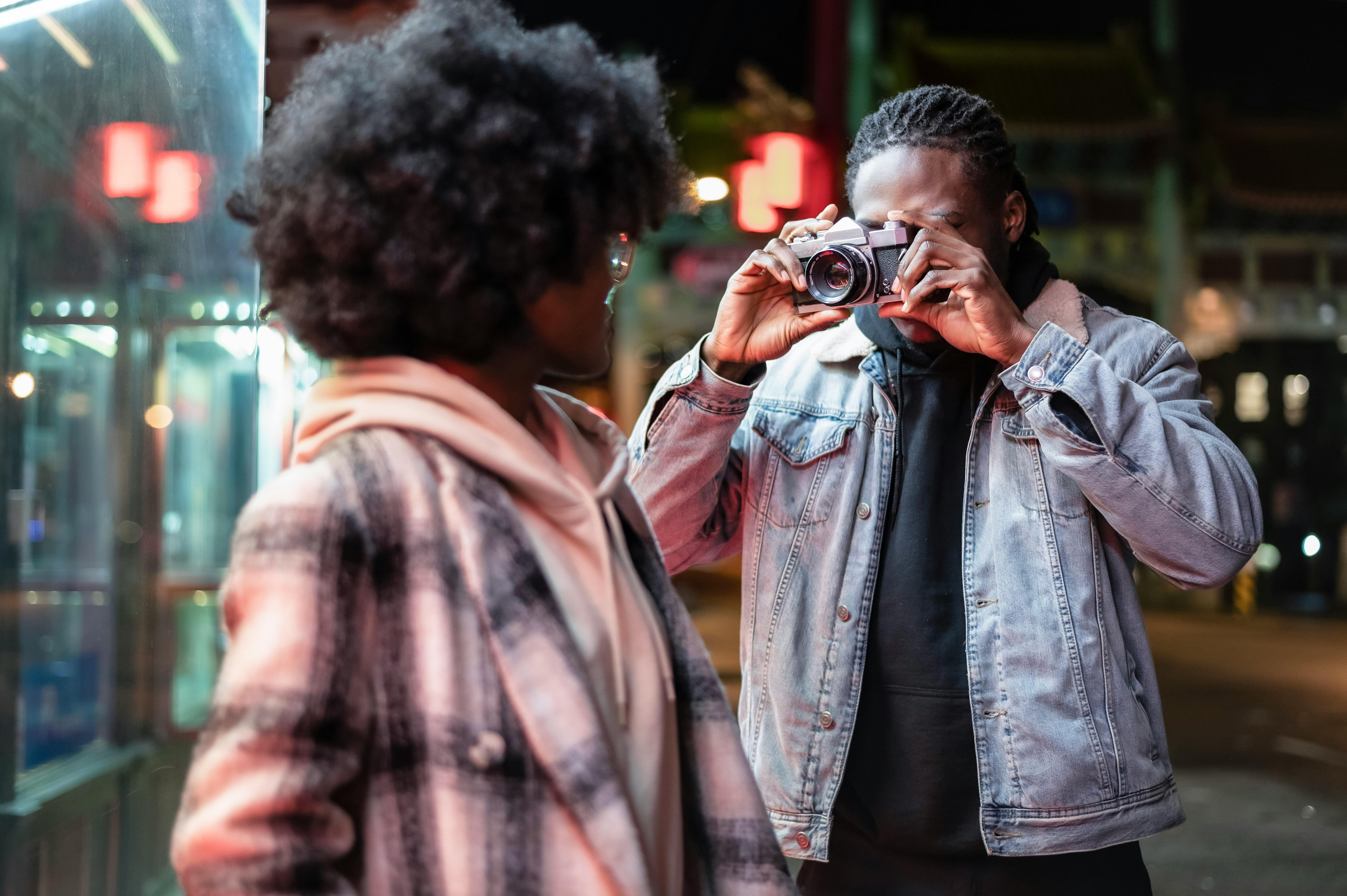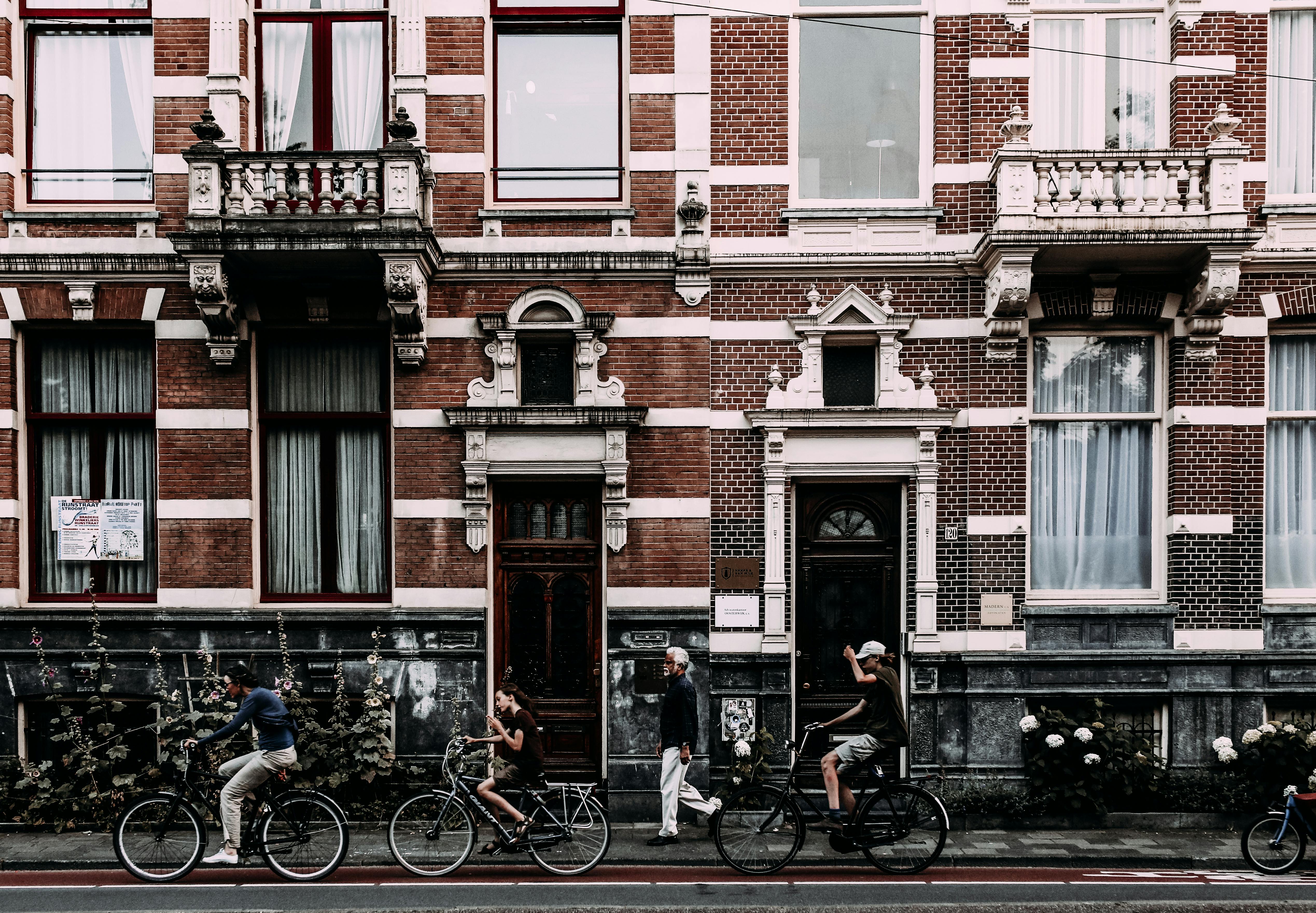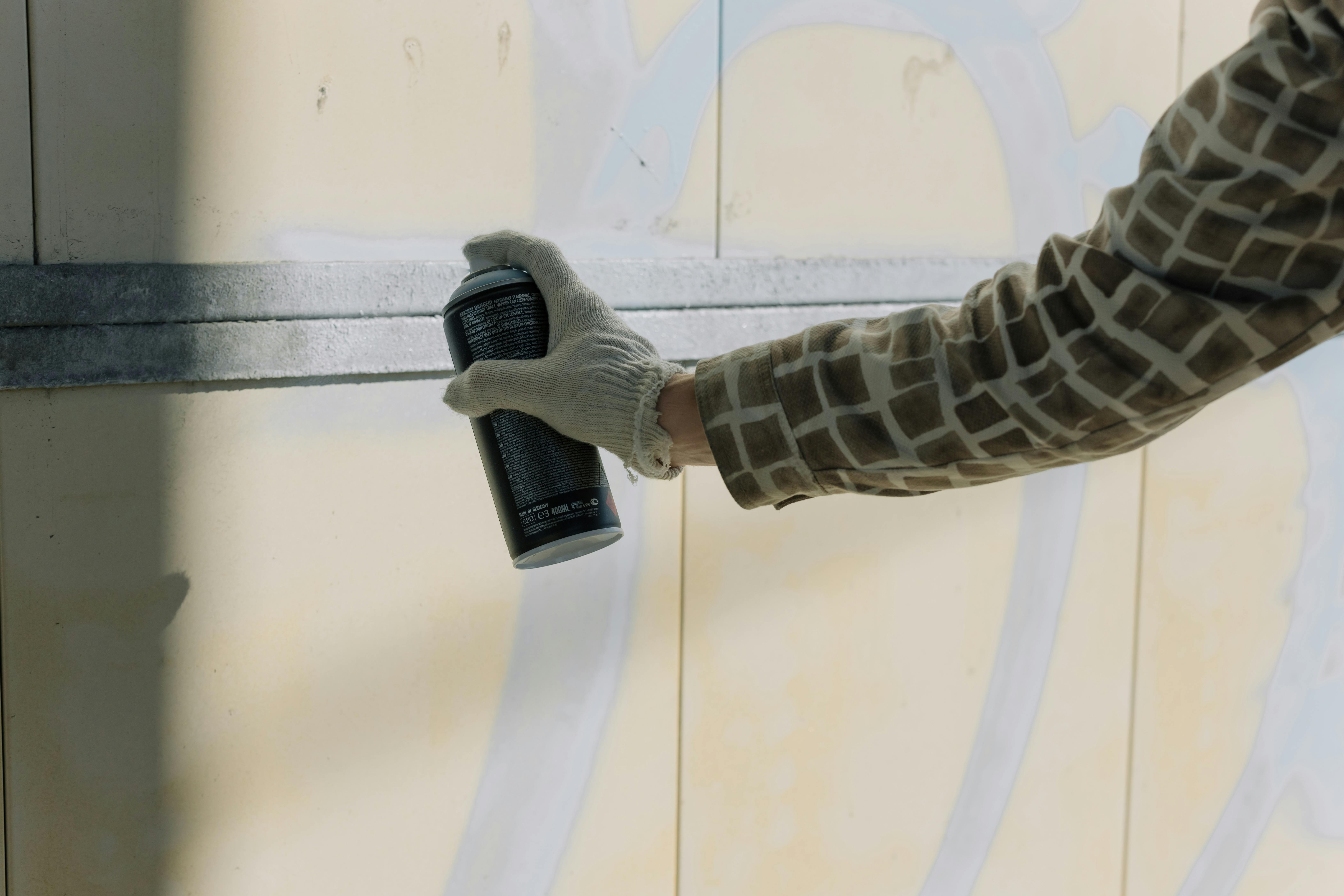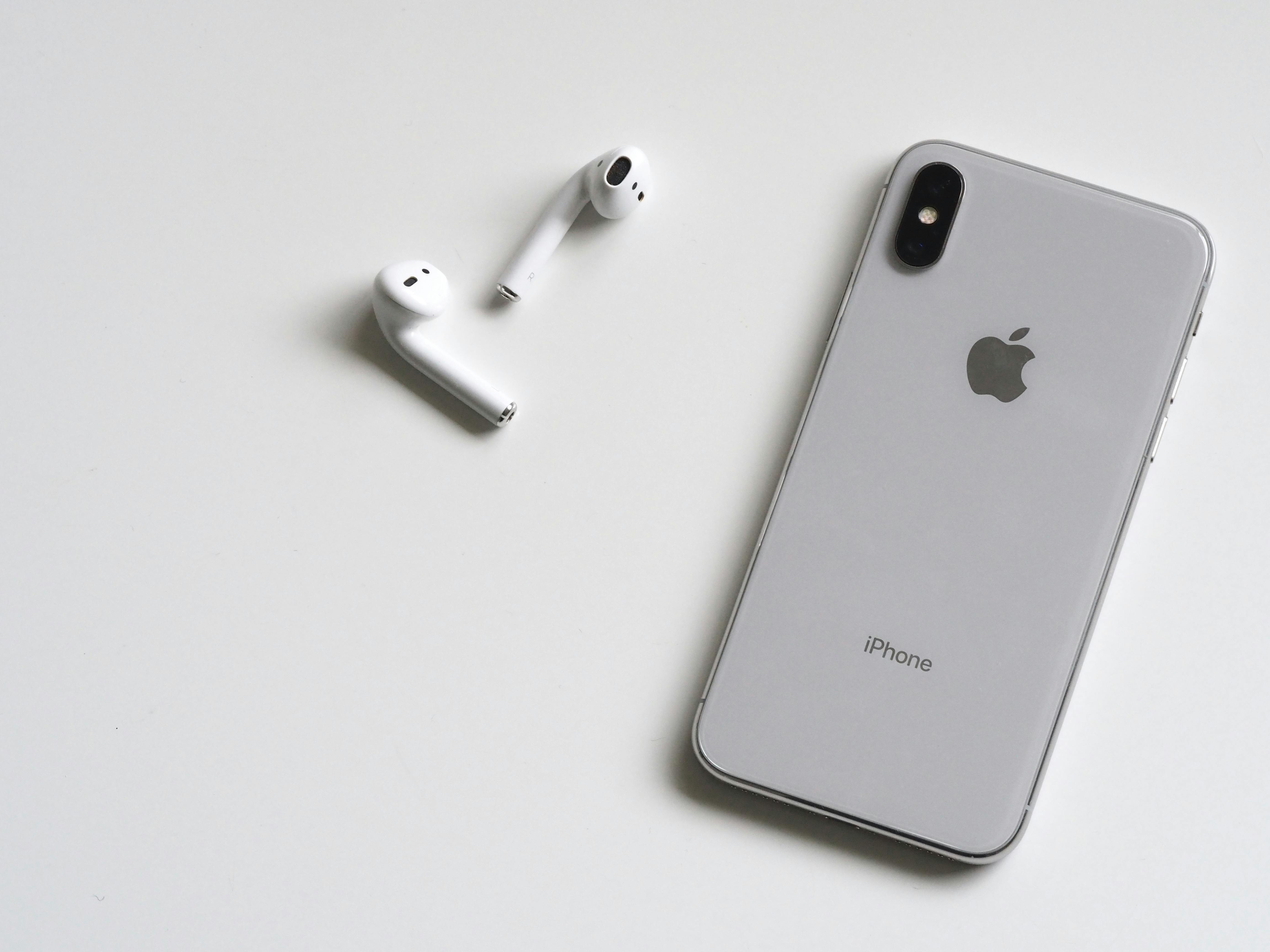science fiction and fantasy
This is what the ‘Alternate History’ genre is all about. Alternative History looks at history – this is applicable in any country in the world – and asks the question: ‘What if?’ What if British India hadn’t happened? What if the British capital had been built somewhere else, say, where Newcastle-upon-Tyne is today? Would that have altered the course of history? Alternate history can ask and answer a lot of questions, and it makes your thoughts go down all sorts of paths!
Alternative history
Alternate history is often referred to as allohistory. For those fans of alternative history, it is often called uchronia or uchronie, which is what the French call alternative history; as parallel worlds; or even as abwegige geschichten. Regardless of what name alternate history is known by, it involves past events with their outcomes ultimately altered, and then subsequent events evolving from the altered perspective. Robert Sobel used an alternate history as the main plot in his book ‘For Want of a Nail… If Burgoyne had Won at Saratoga’. Similarly, Peter G Tsouras wrote ‘Gettysburg: An Alternate History’.
Alternate history has also been referred to as “counterfactuals”, which is not entirely accurate: counterfactuals really relate more to academic historical research than the science fiction genre. You’ll find a good selection of such books in our alternate history section: One book I’d particularly recommend is the one by Professor David Krasner, titled ‘Unmaking the West: What-if?’ I’m not going to say a word about this book, you’ll have to read it yourself!
fancy
Magic, the supernatural and Middle-earth: stories like ‘The Middle Kingdom’ and the ‘Lord of the Rings’ series. Fantasy as a genre avoids the unpleasant and macabre, it also avoids the scientific. Fantasy is… well, pure fantasy! That’s what dreams are made of. Tolkien’s books perfectly follow the theme of fantasy. He adds parallel kingdoms and you have ‘The 10th Kingdom’ which is now available on DVD and well worth a watch! Add magic and you have John W. Campbell Jr and the stories he wrote for ‘Unknown’ magazine. Add fate and you have ‘A Storm of Swords’ by George RR Martin – you will find this book on page 5 of the Fantasy section under the Science Fiction tab on our website. It is a good read and the third volume of the six part epic novels, ‘A Song of Ice and Fire’.
Gaming
Gaming has really come into its own since the advent of multimedia and the Internet. In fact, gaming software must be one of the fastest selling products, even during these times of recession. Trust me, once you start playing the game properly, you’ll be hooked! It’s probably one of the safest addictions to have, anyway! Today, Games Workshop Group plc is one of the most prestigious war gaming companies, listed on the London Stock Exchange. It sells wargaming software and games worldwide from its UK base. An entirely different company, Game Designers’ Workshop, was also in the business of selling RPGs and wargames from 1973 until it closed in 1996.
The vast majority of this gaming software is based on science fiction of one kind or another – time travel, myths and legends, magic – and anything else that incorporates one or another mixture of groups. In 1977, ‘Traveller’ was first introduced by Game Designers’ Workshop: Mongoose Publishing now carries this game. In almost all cases, the games are drawn from imaginary events that occur in the distant future. Rules are written for the players to follow and the players progress through the different levels, buying and selling equipment and weapons to advance further in the imaginary realms of the games. As a gamer, I can understand the magnetism that keeps gamers totally engrossed but, unless you are a gaming devotee, you really wouldn’t understand the draw that games can have on you.
Media
Arguably one of the most respected sci-fi movies has to be ‘Contact’, starring Jodie Foster as Dr. Ellie Arroway, directed by Robert Zemeckis. This film, released in 1997, was extracted from the book ‘Contact’ written by Carl Sagan that you will find on our website, along with a variety of his other books: ‘Cosmos’; ‘Pale Blue Dot: A Vision of the Human Future in Space’; ‘The world haunted by demons: science as a candle in the dark’; and ‘The Dragons of Eden: Speculations on the Evolution of Human Intelligence’ – all of these books, and more, can be found on our website, under the banner Science Fiction.
Among the media section, you’ll find David Llewellyn’s ‘Doctor Who: The Taking of Chelsea 426’, plus Babylon 5, Batman, Blake’s 7, other Doctor Who vignettes, Lensman, Red Dwarf, Star Trek, Star Wars, The Crow , X-Files and Xena
Science fiction
Under the umbrella of Science Fiction you will find anthologies; classic science fiction; cyberpunk; science fiction encyclopedias; graphic novels; hi-tech science fiction; adventure; history and criticism; science fiction series; and tales. There are some lovely books within this section – here you will find ‘Orbus’ by Neal Asher. This book has echoes of ‘Star Wars’ crossed with ‘Deep Space 9’ although the story it tells is its own. Another lovely book is Philippa Pearce’s ‘Tom’s Midnight Garden’, a ‘garden that shouldn’t exist’. Do you find this as intriguing as I do? If so, you’ll love this read: a true classic science fiction novel to lose you from reality.




